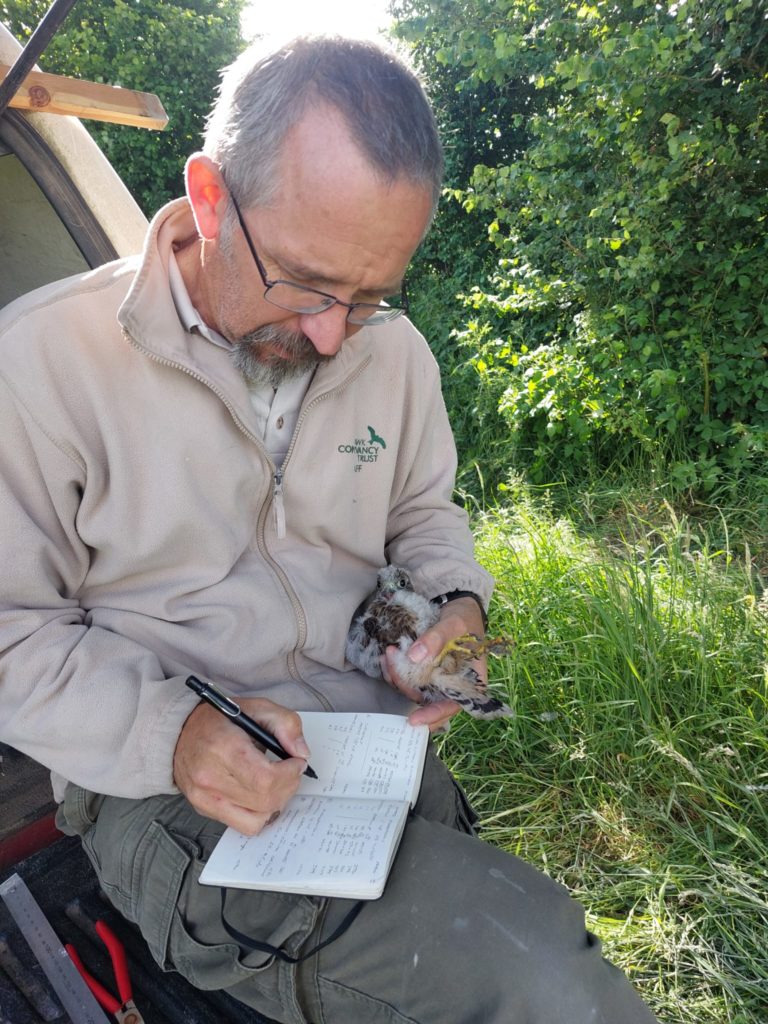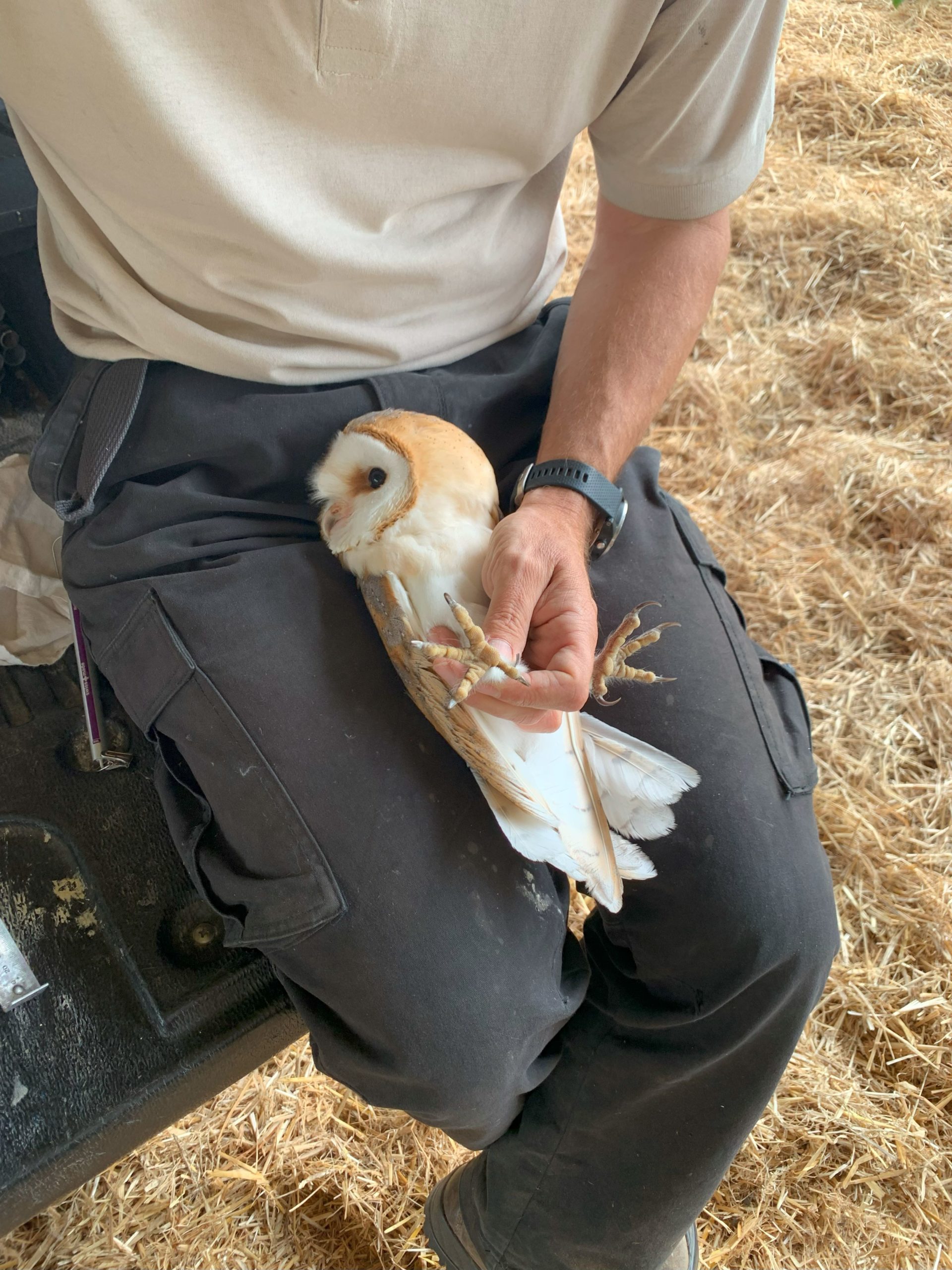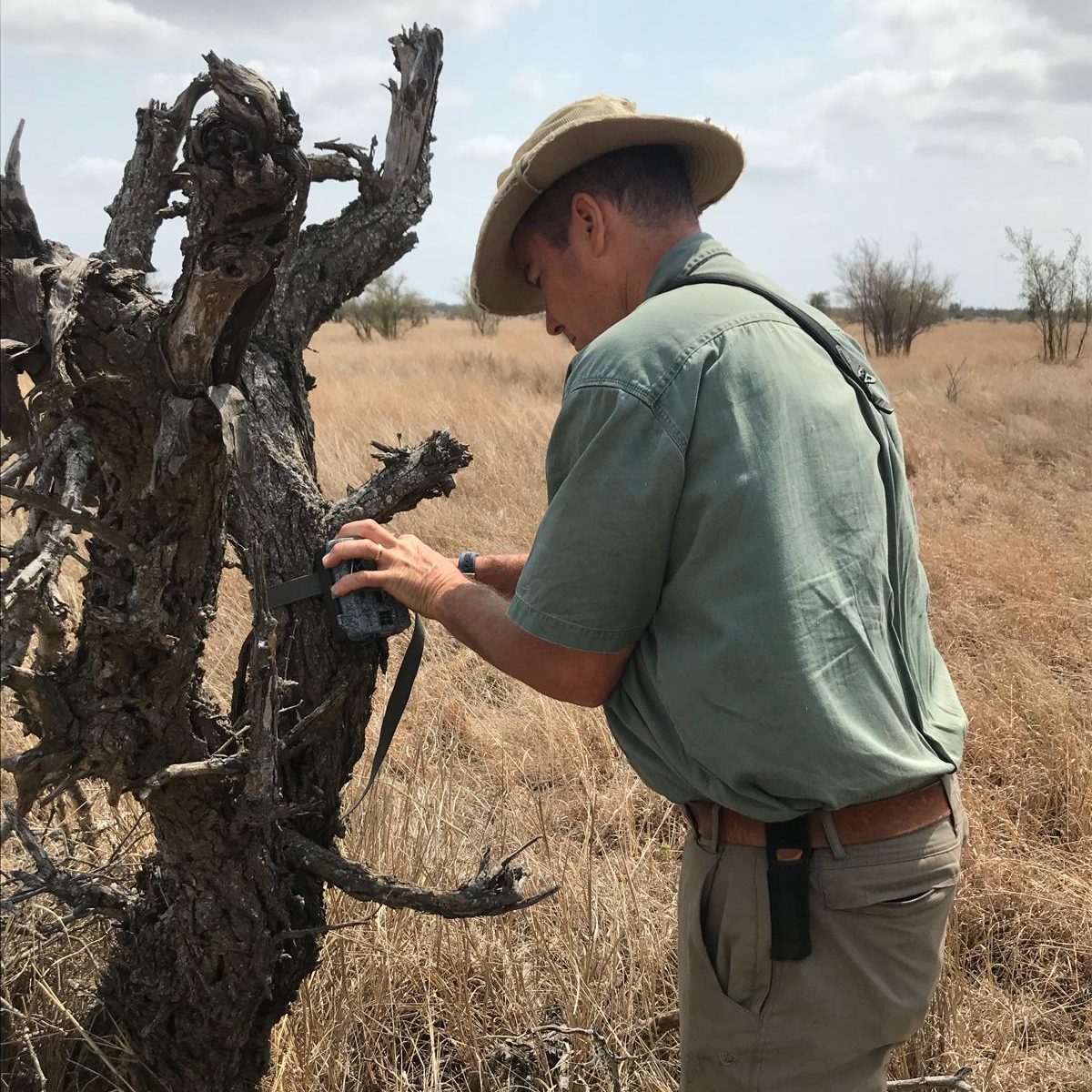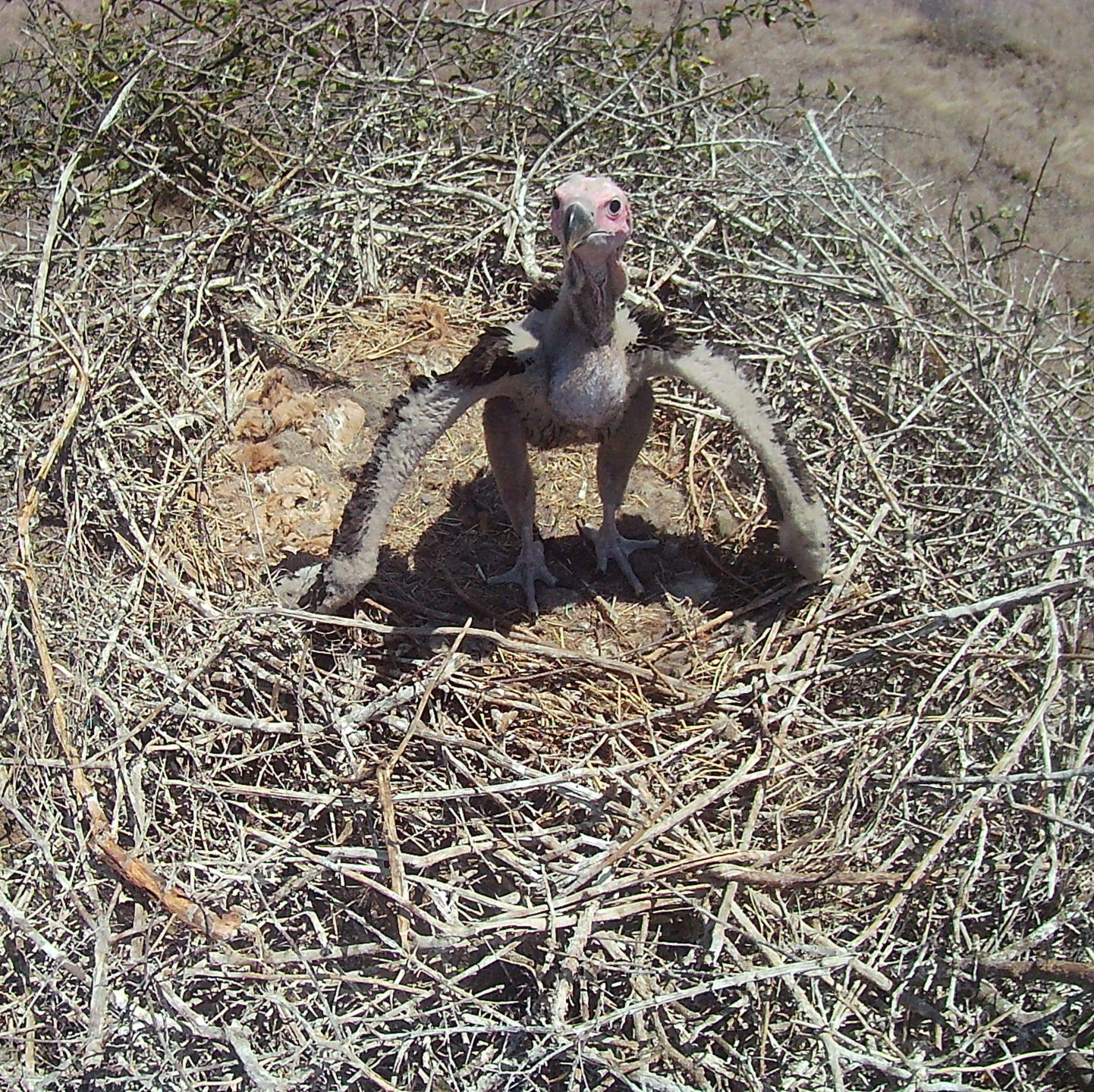
2024 was another busy year for our Conservation and Research team, with over 20 projects running from England to Asia and Africa! As we look ahead to another year working hard to conserve birds of prey and their habitats, we wanted reflect on the last twelve months of work, and share some exciting updates from a few of these projects. Check out some project highlights below!
Raptor Nest Box Project
Our nest box numbers in our Raptor Nest Box Project now exceed 1500 boxes!
Dr Matt Stevens, formally our UK Conservation Biologist and now our British Projects Manager, always has a very busy summer tirelessly checking on these boxes across our network for breeding success of Kestrels, Barn Owls, Tawny Owls and Little Owls.
This year looked set to be a great year for numbers of all these birds, and while the amount of rain quite literally dampened our expectations and unfortunately quite possibly numbers too, it still looks as though all four species produced good numbers across our Southern England survey area.
Matt was also joined this year by our new Research Assistant, Tanith Jones, who has already begun supporting this project. Watch this space for more exciting updates from the team!


Raptor Transects
The end of 2024 also saw us complete another successful autumn season of our Raptor Transects, building on those from our spring season. On our spring transects, we recorded 371 Buzzards, 321 Red Kites, 118 Kestrels along with 16 Sparrowhawks and 8 Marsh Harriers with a few other species seen too! We are in the process of finalising the numbers from the autumn season that finished in December, but we expect they will be very competitive when compared to past seasons.
We completed exactly 150 transects this autumn, thanks to vital support from our dedicated volunteers, with a whopping 1751 sightings of birds of prey, including Merlins, Marsh Harriers and Peregrine Falcons, as well as Red Kite, Buzzard and Kestrel sightings! This autumn season has seen our highest numbers sighted EVER across both spring and autumn transects, so that is very exciting!
Central Asia Vulture Project
This year’s fieldwork saw the Central Asian Vulture Project team tag four more Egyptian Vultures and track their migrations. Our data currently shows that India is the main non-breeding destination for most of the migrating Egyptian Vultures we are tracking, but some individuals also migrate to the Middle East. Counts within Uzbekistan continue to show the congregations of several hundred Egyptian Vultures in the country, emphasising this as a globally significant population for this Endangered species. We are looking forward to what 2025 brings.
Lappet-faced Vulture Nesting Tree Project
Our Head of Conservation, Research and Education, Dr Campbell Murn, spent three periods of fieldwork in South Africa this year, along with our Africa Project Officer, André Botha. This has helped contribute to a year of steady progress for this relatively new project looking into elephants knocking over nesting trees of Endangered Lappet-faced Vultures in Kruger National Park in South Africa.
This fieldwork saw us increase the total number of trees being monitored using camera traps to 12. These will provide valuable insights as we continue to move forwards with this project in 2025. While we continue to monitor the trees to better understand the situation, we are continuing to investigate ways we can try and prevent elephants from knocking over these specific trees.
Your generous donations helped us hit our fundraising goal, and you helped us raise over £20,000, all of which goes towards helping fund progress on this project. Thank you!


Pakistan Vulture Restoration Project
A key part of the project work in Pakistan is to remove vulture-harmful non-steroidal anti-inflammatory drugs (NSAIDs) from the market. These are drugs that are toxic to vultures, and often ingested by them accidentally after feeding on carcasses of animals that have been treated with them. This is a key step for ensuring robust safe zones for release of captive bred vultures that will help the population recover. Until the threats are removed though, it is not possible to release these birds.
As such, comprehensive pharmacy surveys across the country, but particularly where vulture safe zones have been demarcated are vital. This year our on-the-ground partners, WWF-Pakistan, completed surveys in all 10 districts of Azad Jammu and Kashmir, as well as along the coastline between Karachi and Gwadar in the Balochistan province. Work to analyse this data is underway to better understand what drugs and in what volume remain readily available, and the variation between locations, which will give an indication of the progress being made and latest state of harmful NSAID levels and removal in each location.
And into 2025…
Thank you for continuing to support our mission to conserve birds of prey and their habitats in 2024. Every time you visit, buy a coffee in Feathers Restaurant, join us for a fundraising event and make a donation, you’re supporting this important conservation work. We hope you continue to help us help birds of prey into the new year – we have some exciting work planned for 2025 which will help us support even more of these vital species. If you’re looking for ways to support our work, check out the Support page of our website.